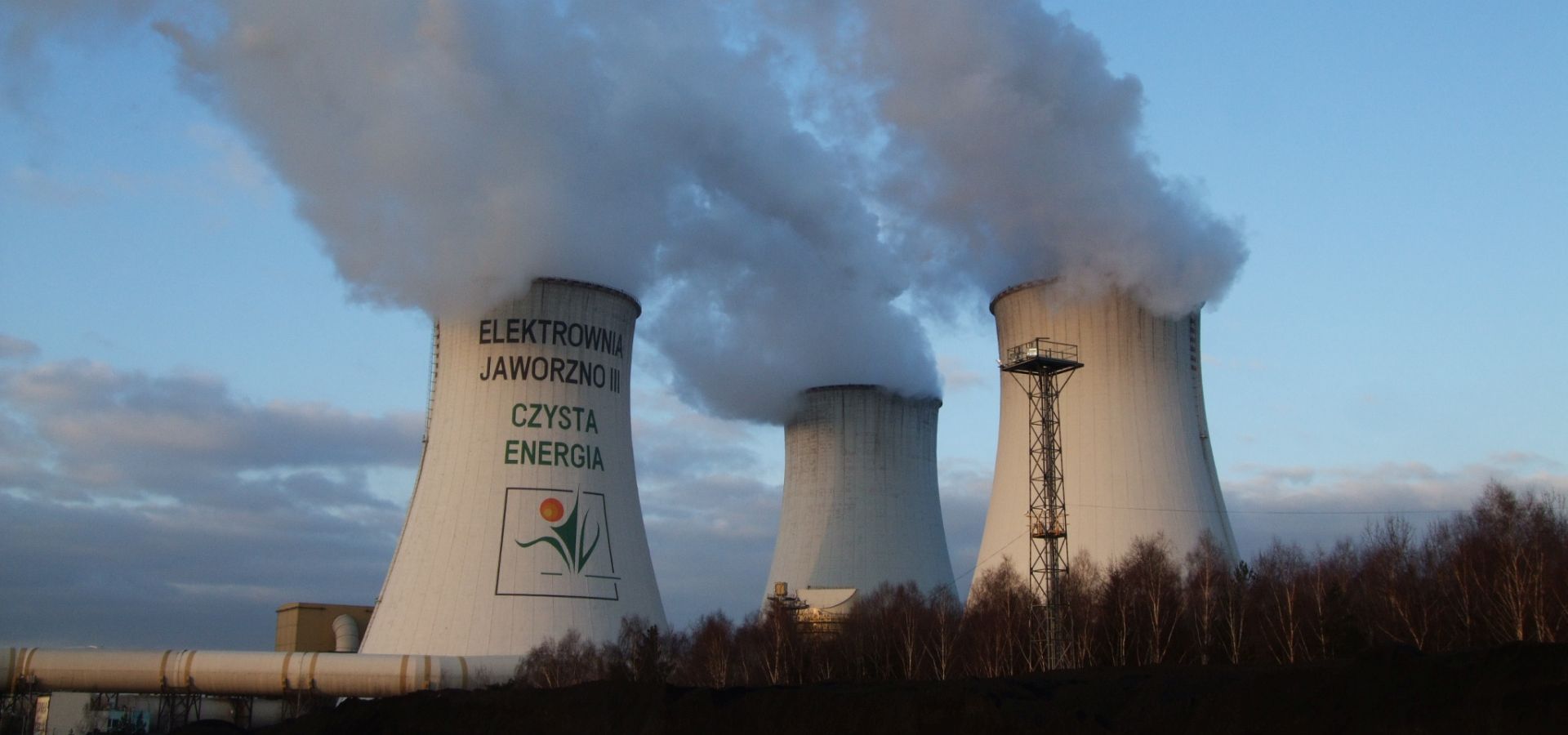Poland is set to miss its target of covering up to 15% of energy demand with renewables by 2020. Under the most favorable scenario provided by a report released by local consultancy Ecofys, new additions for solar may reach 695 GWh, while the country is expected to reach a target of only 13.8% by the end of the decade. Emiliano Bellini goes in-depth.

The Jaworzno Power Station, a complex of coal-fired thermal power stations at Jaworzno, Poland. (Wikipedia Commons)
Poland has a reputation as Europe’s most polluting country, still relying massively on coal power production and not supporting the development of renewable energies. In confirmation of this, renewable energy consultancy Ecofys recently published a report in which it clearly says that Poland will miss its 2020 renewable energy target.
According to the report, the country will miss the target even under the most favorable scenario, which predicts it will cover 13.8% of its energy demand with renewables by 2020, and not 15% as planned by the Polish government in the National Renewable Energy Action Plan (NREAP). Under the worst-case scenario, however, Poland is expected to reach a percentage of only 10.0%.
The authors of the report find that the mere continuation of the country’s current renewable energy policy would not be enough to meet the target, and that the government needs to take immediate action to provide further incentives for renewables.
In performing their analysis, Ecofys experts took into account the announced auctioned volumes for renewables under the Renewable Energy Act of 2015, which are already known only for 2016 and 2017 (and not for 2018 and 2019), and the effect of the existing net metering regulation.
Ecofys said that, under the most optimistic scenario, new additions would result in a further 3,850 GWh by 2020. Biomass would have the largest share in this scenario, followed by solar and on-shore wind, according to the report. New solar installations would be enough to ensure new generation of approximately 983 GWh, while biomass and wind would account for 1,709 GWh and 695 GWh, respectively.
Under the worst scenario, however, new power production from renewables would be “four times lower”, with biomass still having the lion’s share with 366 GWh, while solar would see the addition of just 184 GWh.
In order to meet the 2020 target, the report notes, additional support expenditures are required. Furthermore, the Polish government should ensure that investments for renewable energy power projects planned in the period 2016-2018 will be operational by the end of 2020. Ecofys analysts also stressed that new measures should be taken independently from the assumptions on final energy demand growth for the coming years.
Poland’s installed PV capacity had reached approximately 192.8 MW as of the end of December 2016. This capacity consists of 17,000 PV systems up to 40 kW, totaling 93.7 MW, and 473 installations exceeding 40 kW with a combined capacity of 99.1 MW. The Polish government is currently supporting solar through net metering and an auction mechanism for large-scale projects.
Through the first auction, which was held last year, Poland’s Ministry of Energy has selected total of 82 renewable energy projects up to 1 MW. The highest bid was PLN 408 ($100.2)/MWh and the lowest 253.5 PLN ($62.2)/MWh. For 2017, Poland’s Ministry of Energy has planned another auction. The government is considering setting a ceiling price of PLN 450 ($110.5)/MWh for the PV source. This compares to PLN 465 ($114.2)/MWh set for the auction held in December 2016.
Over 80% of Poland’s power production was covered by coal in 2015. Around 79.9 TWh (48.4%) was generated at hard coal-fired power plants, while another 52.9 TWh (32.1%) was provided by lignite-fired power plants. Solar had a share of only 0.04%.
This article was originally published at PV magazine.
Emiliano Bellini joined pv magazine in March 2017. He has been reporting on solar and renewable energy since 2009.
Why did Poland bid for the COP in 2018? In the centre of the Silesian coalfield? I can’t see any way this turns into a PR success. Maybe if they have some retraining or reclamation projects to show. Mainly it will be delegations and NGOs saying “get with the programme, Polacks,”
Lousy investors, walk away even when forced to sell to the ‘friends of the government’ …. 😉
http://www.standard.net/Business/2017/06/10/Polish-coal-affection-poses-dilemma-for-funding-hungry-firms
The grid’s stability is already under threat because there isn’t enough PV installed in Poland:
https://www.platts.com/latest-news/electric-power/london/italy-poland-could-face-power-imbalances-in-heatwave-26747135
After checking out a few of the blog posts on your web page, I truly like your technique of blogging.
I book marked it to my bookmark website list and will be checking back soon.
Please visit my website as well and let me know your
opinion.